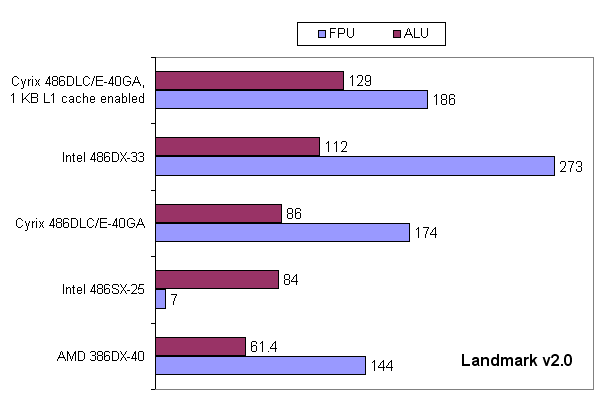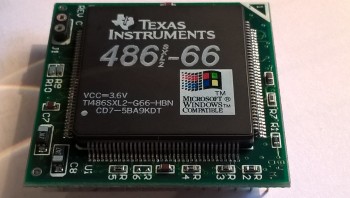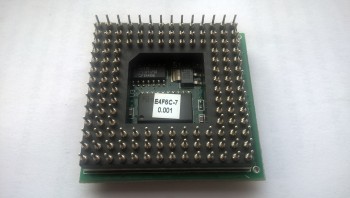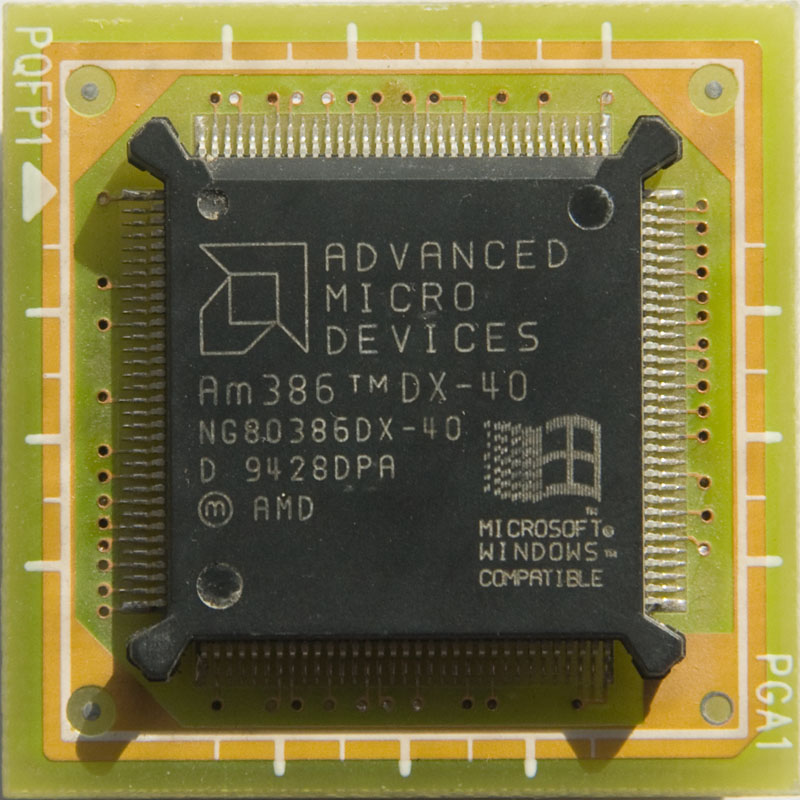Reply 20 of 49, by feipoa
- Rank
- l33t++
There is something about maxing out a certain motherboard platform, in this case PGA-132 (386) motherboards, that many people, including myself, find fascinating to attempt. I try to take each setup I have to the very limit of their capabilities. For the PGA-132 386 platform, I'm trying for a system with SXL-40 which does not have limited RAM read/write times, like most of the later 386 boards do. Alternately, I'd also like to get my SXL2 running at 2x33, as a possible alternative to the SXL-40. I
have two variations of PGA-168 (486) to PGA-132 (386) adapter boards that I'd like to test out, however, it is unlikely that I would use these in a final setup; I have 486 boards for that.
Plan your life wisely, you'll be dead before you know it.
















